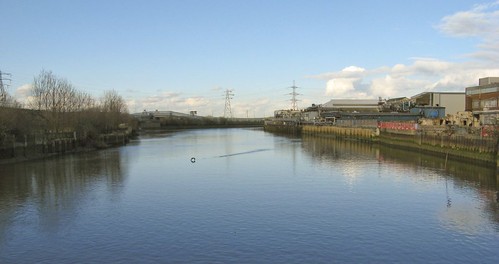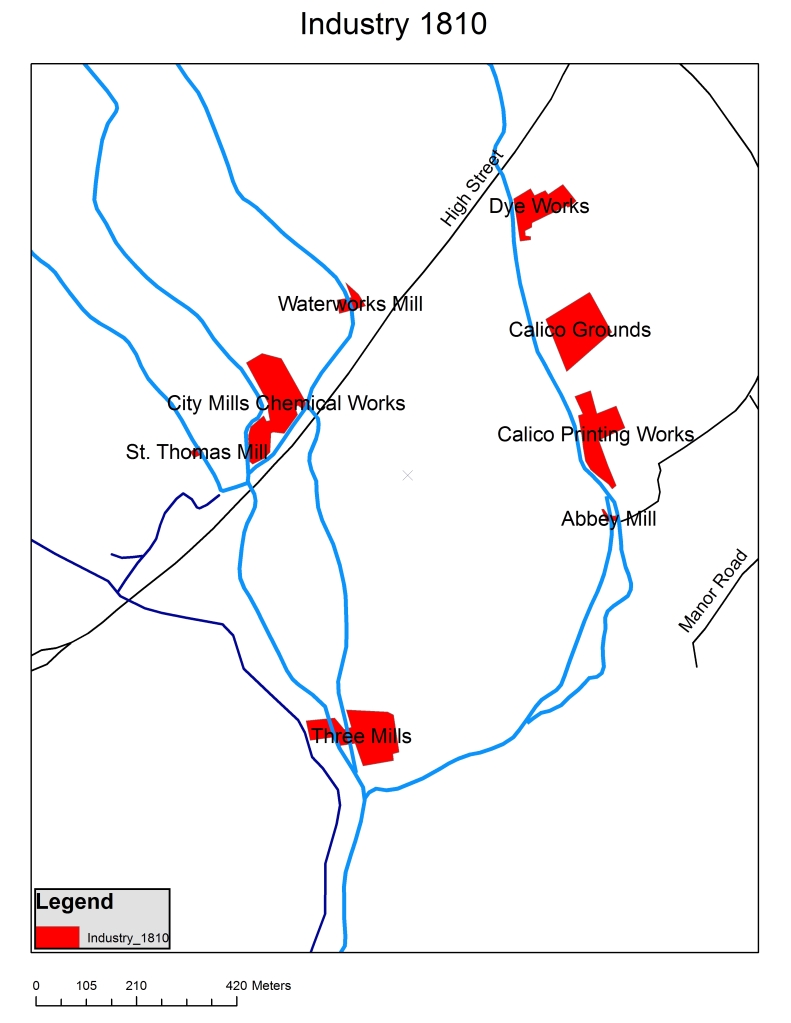On January 20th I successfully defended my dissertation, “A Wetland Suburb on the Edge of London: a Social and Environmental History of West Ham and the River Lea, 1855-1914.” Now I’ve just got the small job of converting it into a book ahead. I’ve included the abstract for this project below. If anyone has suggestions on where I should try to publish an urban environmental history of London/West Ham, I’d be happy to hear them.
Abstract:
This dissertation examines the multifaceted connections between ecological change on the wetlands where the River Lea meets the Thames Estuary and the development of a young suburb on the edge of London. West Ham was a patchwork of heavy industry, rivers, slums, farmlands and low-lying marshes. The difficult environmental conditions of this wetland suburb provided compelling material for a study of the links between the environment and urban society and politics. West Ham was not a typical suburb: growth of industry and working-class housing outpaced growth of commuter residential communities. Nor was it much like London’s older industrial core, as pockets of the wetlands and farms remained undeveloped, distorting boundaries between the city and the receding countryside. As industry transformed the wetlands, socially marginalized people in West Ham suffered alongside the natural environment from pollution and flooding.
This dissertation, by placing environmental change, and the interconnections between social and ecological degradation at its centre, demonstrates the importance of the environment in shaping urban, social, and political history. Droughts, disease, and floods highlighted the dysfunctional environmental conditions in this wetland suburb. The deteriorating condition of the Lower Lea contributed to economic problems and to the end of industrial growth. These conditions caused both the public and the electorate in West Ham to increasingly demand action from the borough council to ensure the water supply, improve housing conditions and health, and to protect the low-lying districts from floods. Crisis after crisis caused by the suburb’s location on the wetland edge of Greater London demonstrated that the population of West Ham could not rely on private interests to protect the public good. These particular environmental conditions, along with the connected social distress, contributed to the rise of Labour and socialist politics in the suburb and to a more general transition from liberalism to social democracy in West Ham. The public demanded stable environmental and economic conditions, and they increasingly turned to government and its experts, instead of private enterprise and market forces, to solve the many problems facing this industrial wetland suburb.
Table of Contents
- Introduction
- The River Lea and the Thames in West Ham: the River’s roles in shaping industrialization on the eastern edge of nineteenth-century London
- Suburbanization in the Urban Periphery and the Rural Fringe: West Ham’s Hybrid Landscape
- The Politics of a Water Crisis in West Ham, 1898
- Environment and Health in West Ham, 1890-1914
- Remaking the Bow Back Rivers: environmental and social intervention to decrease flooding and unemployment in West Ham, 1888-1909
- Conclusion

 From ActiveHistory.ca:
From ActiveHistory.ca:
